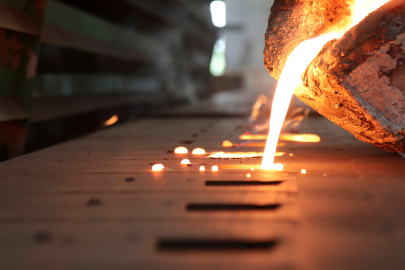It is estimated that between 20 and 50% of industrial energy input is lost as waste heat in the form of hot exhaust gases, cooling water, and heat lost from hot equipment surfaces and heated products. Fossil fuel combustion, which provides most onsite industrial energy, tends to transfer heat to the environment, rather than the material being manufactured, which leads to a lot of wasted energy.
As the industrial sector continues efforts to improve its energy efficiency, recovering waste heat losses generate cost savings, reduces environmental impact, and improves work flow and productivity.
Numerous technologies are commercially available for waste heat recovery and many industrial facilities have upgraded or are improving their energy productivity by installing these technologies, however these technologies are not being pursued to the fullest extent possible due to several barriers such a material constraints, and greater maintenance costs.



